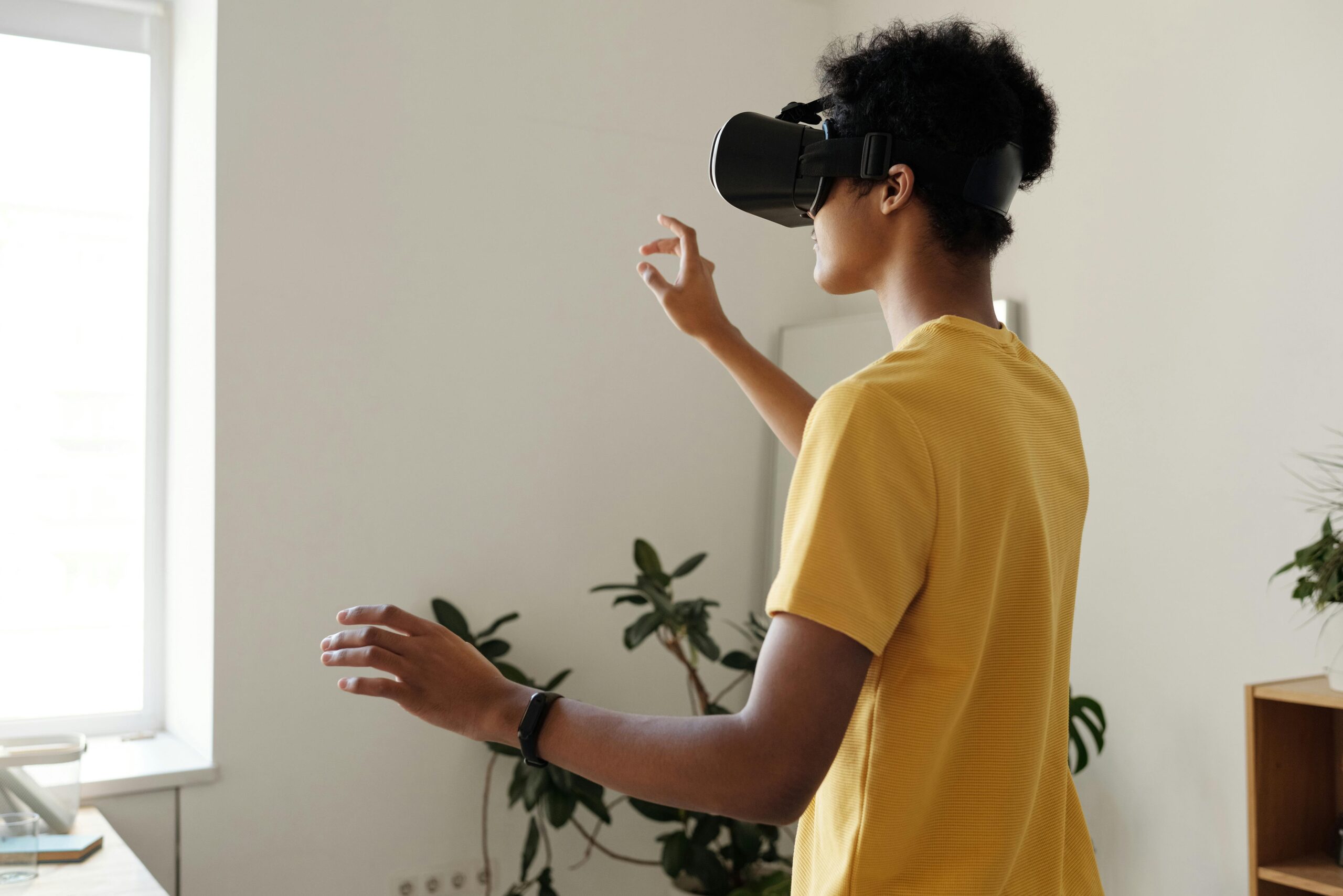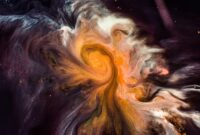The field of Artificial Intelligence (AI) has dramatically evolved over the past decade, and one of the most exciting areas where AI is making a significant impact is in space exploration. The ability to simulate human intelligence using machines is revolutionizing how we explore, understand, and operate in the vast expanse of space. As space missions grow more complex, AI is becoming an indispensable tool in every phase, from planning and execution to data analysis and decision-making.
In this article, we will delve into how Artificial Intelligence is reshaping space exploration, highlighting the key roles it plays in advancing our capabilities beyond Earth. Moreover, we’ll explore the potential future of AI in space exploration and how it could accelerate humanity’s quest to explore the cosmos.
The Role of Artificial Intelligence in Space Exploration
The primary reason Artificial Intelligence is pivotal to space exploration is its ability to process vast amounts of data efficiently. AI’s analytical capabilities allow space agencies such as NASA, ESA, and private space companies like SpaceX to process the immense data collected from space missions in a fraction of the time it would take humans. AI-powered algorithms can detect patterns, anomalies, and even new phenomena from data that would otherwise go unnoticed.
AI is also being integrated into the spacecraft themselves. Autonomous systems on rovers, spacecraft, and satellites are capable of making real-time decisions without human intervention, a critical feature for missions that are too distant to allow for constant human oversight. For instance, the Mars rovers Curiosity and Perseverance are equipped with AI technologies that enable them to navigate the Martian terrain autonomously and choose which rocks to study without direct commands from Earth.
Enhancing Mission Planning and Execution
Mission planning for space exploration has always been a challenging task, with multiple variables and unforeseen circumstances at every stage. Artificial Intelligence simplifies this process by optimizing routes, predicting spacecraft maintenance needs, and improving overall mission efficiency.
AI is also crucial in reducing risks during long-term space missions. Machine learning models can simulate thousands of mission scenarios, providing space agencies with the ability to prepare for various outcomes. AI is helping astronauts monitor their health during missions and is even used to predict potential risks such as equipment failure or environmental hazards.
One of the most promising applications of Artificial Intelligence in space exploration is its potential to support autonomous missions to distant planets and moons. As humanity pushes further into the solar system, the need for autonomous, AI-powered spacecraft and rovers will grow, as real-time communication with Earth becomes impractical due to vast distances. These AI systems will allow spacecraft to operate independently, solving problems and adapting to new information without waiting for instructions from Earth.
AI in Satellite Data Analysis and Earth Observation
Satellites have been an essential tool in space exploration and Earth observation, and Artificial Intelligence is now enhancing their capabilities. AI-driven algorithms can process satellite data more efficiently, identifying changes on Earth’s surface, such as deforestation, glacier melting, and urban development, with unparalleled accuracy and speed.
In terms of space exploration, AI helps in analyzing the data sent back from deep space missions. Data transmitted from space probes like Voyager or New Horizons is often incomplete or difficult to interpret. AI algorithms can fill in the gaps and provide scientists with actionable insights, enabling them to make faster and more accurate decisions about mission goals and scientific experiments.
Furthermore, satellites equipped with Artificial Intelligence can autonomously adjust their orbits, optimize energy consumption, and conduct maintenance routines without requiring ground control. This level of autonomy is crucial in future missions where humans might not be able to control every aspect of a spacecraft in real time.
AI and the Search for Extraterrestrial Life
One of the most intriguing prospects in space exploration is the search for extraterrestrial life. Artificial Intelligence is playing a significant role in this quest, particularly in analyzing data from missions that study other planets and moons.
For example, AI algorithms have been used to sift through the data collected by telescopes and rovers, searching for biosignatures or patterns that might indicate the presence of life. NASA’s Perseverance rover, currently exploring Mars, is using AI to identify promising rock samples that might hold evidence of ancient microbial life.
AI is also helping to analyze data from exoplanet-hunting missions like Kepler and TESS. These space telescopes collect vast amounts of data, and AI is essential in identifying planets that exist in the “habitable zone” of their stars, where conditions might support life.
The Future of AI in Space Exploration
As Artificial Intelligence continues to evolve, its role in space exploration will only become more pronounced. One exciting area of development is the concept of AI-assisted astronauts. While human astronauts are irreplaceable for certain missions, AI companions could assist them by monitoring vital signs, analyzing mission data, and even conducting routine tasks.
In the long term, AI could enable humanity to explore beyond our solar system. The Breakthrough Starshot initiative, for example, aims to send AI-powered nanocraft to our closest star system, Alpha Centauri. These tiny, AI-driven spacecraft will operate autonomously, sending data back to Earth as they fly through interstellar space.
Another potential application is AI’s role in space colonization. Establishing human habitats on the Moon or Mars will require complex logistics, from resource extraction to habitat construction. AI systems could be used to manage these tasks autonomously, reducing the need for constant human supervision and enabling humans to focus on critical decision-making.
Conclusion
The integration of Artificial Intelligence in space exploration marks a new era of innovation and discovery. By processing massive amounts of data, optimizing missions, enabling autonomous systems, and even searching for extraterrestrial life, AI is fundamentally changing how we explore space.
As we look to the future, the possibilities for AI in space seem limitless. Whether it’s sending autonomous spacecraft to distant planets, assisting astronauts in deep space missions, or helping to colonize other worlds, Artificial Intelligence will continue to push the boundaries of what we can achieve in space exploration. This powerful combination of human ingenuity and machine intelligence promises to unlock new frontiers in our quest to explore the cosmos.
FAQs
1. How is AI used in space exploration?
Artificial Intelligence is used in various ways, such as processing data, enabling autonomous spacecraft navigation, optimizing mission planning, and assisting in the search for extraterrestrial life.
2. Can AI help in finding life on other planets?
Yes, AI is crucial in analyzing data from missions studying other planets and moons, searching for signs of life through pattern recognition and biosignature analysis.
3. Will AI replace astronauts in space missions?
While AI can assist in many tasks, human astronauts remain irreplaceable for certain missions. However, AI companions could provide support, particularly in autonomous tasks and data analysis.
4. What is the future of AI in space colonization?
AI could play a vital role in managing logistics, resource extraction, and habitat construction in future efforts to colonize other celestial bodies like the Moon or Mars.
5. How does AI improve satellite data analysis?
AI-driven algorithms process satellite data more efficiently, identifying patterns and changes on Earth’s surface with greater accuracy, allowing for quicker and more effective decision-making in space and Earth observation.




